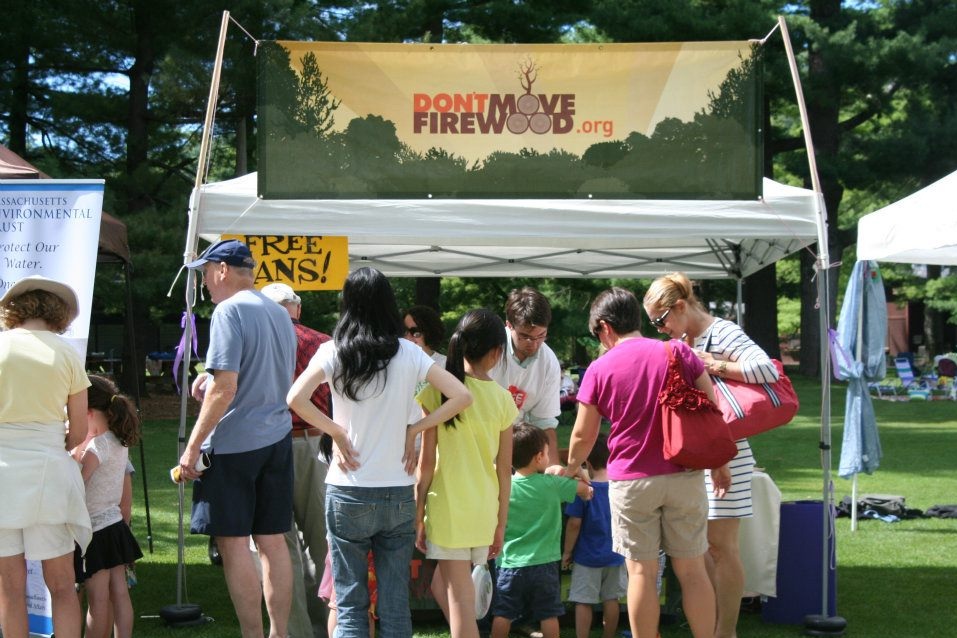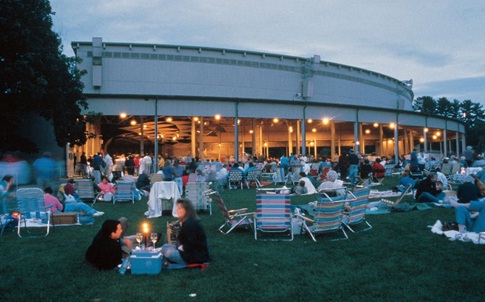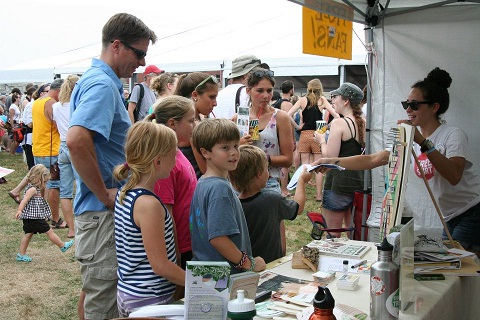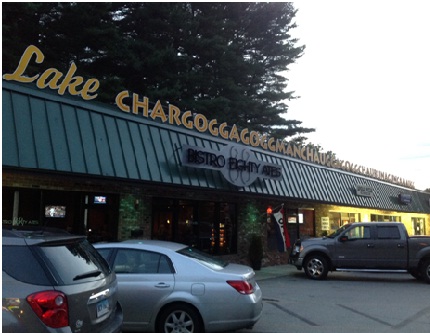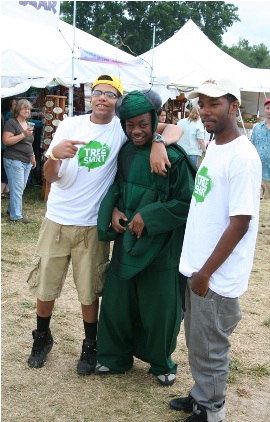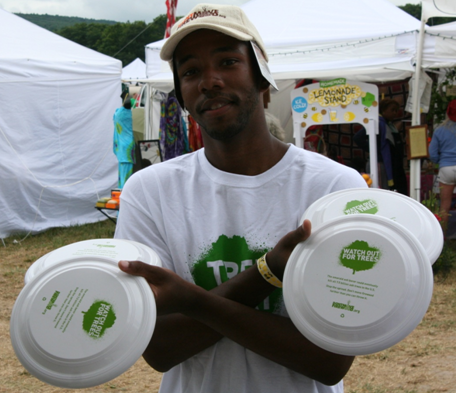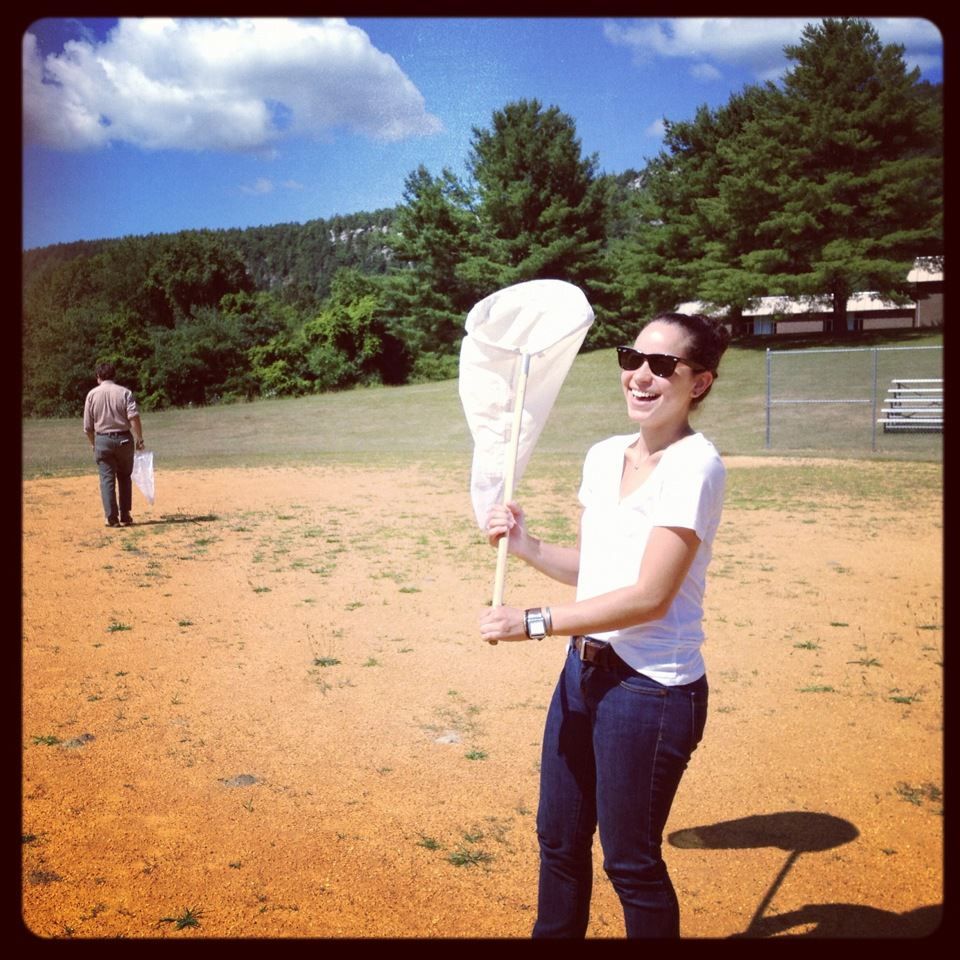Let's start off this Monday right with our occasional advice column, Dear Don't Move Firewood!
Dear Don't Move Firewood,
Is it legal to move fruit wood (I.e., apple / plum) from non-quarantined counties to the great smoky mtns? Same question for oak.
Yours,
Mike
Dear Mike,
Excellent question, and a tough one. Apple, plum, and oak woods are all hardwoods, and therefore subject to many many quarantines around the country. If, indeed, you are moving wood from a completely non-quarantined county, it would probably be technically legal. However- the list of quarantined counties is vast (see here for a recent list https://www.nps.gov/grsm/planyourvisit/quarantine-counties.htm).
More importantly, the list of quarantined counties does not include counties that have pests that are undiscovered- of course! And that right there is a reality. There are pests that can travel in apple, plum, and oak firewood that might be present, but not yet quarantined, in your area.
Therefore, here's our suggestion. If you live in a completely non-quarantined county, and are less than 50 miles from Great Smoky Mountains national park, it is very unlikely to cause harm to move your firewood, so that's OK. But if you are farther away, please play it safe. Use the wood at home, and buy or gather wood at the park.
Yours,
Don't Move Firewood
P.S. Apple and Plum wood are great for smoked meat recipes. Maybe you could get creative and smoke a turkey for Thanksgiving? Keep the wood at home for a delicious treat.






